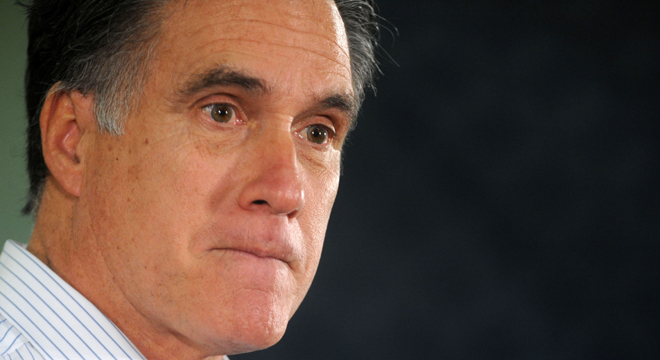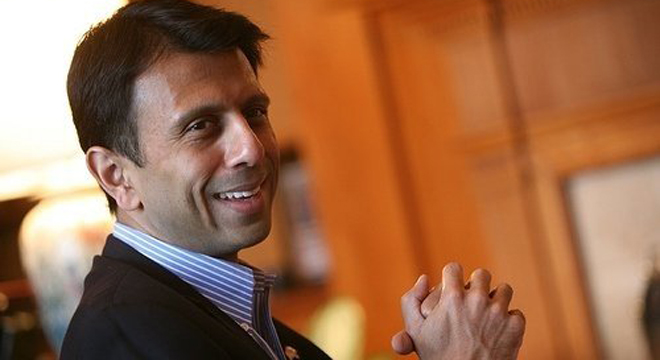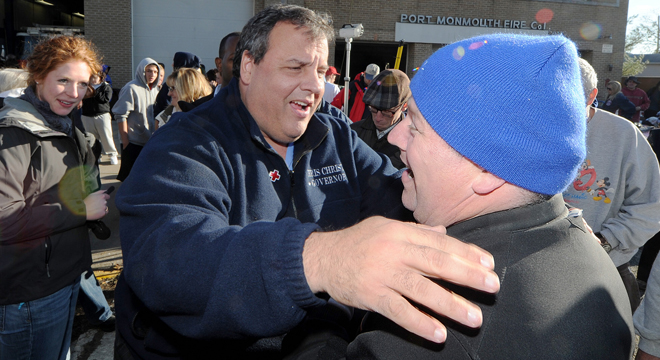Romney may have just become the first Republican candidate to win both Iowa and New Hampshire — and is looking increasingly like the eventual nominee — but the primary is about to spread to the rest of the country where the Latino vote is significant. Once in the general election, that vote becomes crucial. But Romney is not on track to win over the requisite number of Latino voters, who will be key to winning swing states like Florida, Arizona, Colorado, New Mexico, and Nevada. Moreover, the Democrats may have stumbled into a neat situation that could give them an unusual boost.
In the days leading up to the Iowa caucuses, Mitt Romney made what could prove a fatal error: as president, he said, he would veto the Dream Act. Designed to provide a path to citizenship for undocumented immigrants brought to the country as children, the Dream Act is so intensely popular that it’s hard to see Romney winning 40% of Latino voters, the crucial threshold Republican pollster Matthew Dowd said Bush had to hit in order to win crucial swing states in 2004. Bush, who pushed for immigration reform, barely hit 40% and won. McCain fell short.
Before the 2010 midterm elections, Latino voters ranked immigration reform as “one of the most important issues” on election day 2010.” Throughout 2011, about 85% of Latino voters supported the Dream Act and wanted to see it passed, a series of Latino Decisions poll found. Further, 59% of Latinos said they were less likely to vote for candidate whose economic views they agreed with if they used negative rhetoric about immigrants.
In addition to a growing population in crucial swing states, the Latino community is working hard to play a big role in the 2012 election. Tuesday, in one of many efforts to mobilize the Hispanic community, the National Latino Evangelical Coalition launched an initiative in the crucial I4 corridor in Florida to register young Hispanic evangelicals to vote. In the coming months, they intend to partner with churches and colleges in key swing states moving from Florida to Ohio, then Arizona, Nevada, Pennsylvania and New Jersey. There are an estimated 10 million to 11 million young Latino evangelicals, many of voting age, and they want them to vote. For this evangelical community, their top issues are not abortion or gay marriage but immigration reform, as well as poverty and education. And they’re partnering with pro-Dream Act group Campaign for an American Dream. The GOP candidates’ stance on immigration “is a political error and deeply alienating to our community,” said the Gabriel Salguero, President of the National Latino Evangelical Coalition. “They should reconsider their position. Any candidate who doesn’t see the writing on the wall is committing a serious, serious” error in judgment.
As opposed to George W. Bush, who actively recruited Hispanic voters and pushed for immigration reform, the only thing Republicans have going for them is that enthusiasm about the 2012 election and for Barack Obama in particular is low. Latino voters might stay home in November. But Democrats have a few tricks up their sleeve that they hope will increase turnout and give them well above 60% of the Latino vote in crucial swing states with high Latino populations.

In November 2010, Sen. Harry Reid should have been defeated. Nevada had the worst unemployment and foreclosure rates in the country. But Latino voters came out to voted for Reid by 90%. Reid campaigned for the Latino vote, but in a way he just got lucky — and not only in his polarizing opponent Sharon Angle. Here’s a hidden factor that helped push him over the edge.
In 2010, term limits passed in 1996 kicked in for the first time and a large number of seats in the Nevada legislature were up for grabs. Democrats recruited several Latino candidates to run. In the end, 8 joined the Nevada legislature based on high turnout among Hispanics. These down-ballot candidates have a connection to the Latino communities and an ability to draw out the vote. Once at the polls, they also voted for Harry Reid.
“This seems to be the formula right now in the Mountain West states,” says David Damore, a professor of political science at the University of Nevada-Las Vegas. “There’s not going be a ton of enthusiasm for Romney or Obama across the board, so people say, oh, I have these other races.” Reid was one of the first in the region to see this coming down the pike, says Damore. George Bush and Karl Rove saw it too, but Republicans today have engaged in little outreach. “The Nevada Republican party hired an Hispanic outreach coordinator last month,” says Damore. Dean Heller, running to keep his Nevada Senate seat, recently affirmed he was against the Dream Act. Conversely, Democrats have recruited state rep. Ruben Kihuen to run for Congress. Meanwhile, in Arizona, Democrats’ big get was Richard Carmona, former Surgeon General under Bush, who will run for the open Senate seat. Normally in politics, we talk about down-ballot candidates riding the coattails of the candidates at the top of the ticket. But in 2012, crucial swing states the Obama administration is hoping to win could be determined by down-ballot races. And it’s a fight Democrats are far ahead on.
Indeed, you might say that Romney is facing a “perfect storm” of circumstances that could damage his outreach to Hispanic voters, the least of which is his own tone-deaf approach towards immigration. In Nashua, New Hampshire this week, Romney previewed his pitch to the Latino community: “[Immigrants] did not come because America had the most generous benefits in the world,” he said. “If you’re looking a president who will promise a lot of free stuff and give you the most benefits, that is not me. People came here for opportunity. For great jobs for themselves and for their kids. This is the land of opportunity.”









